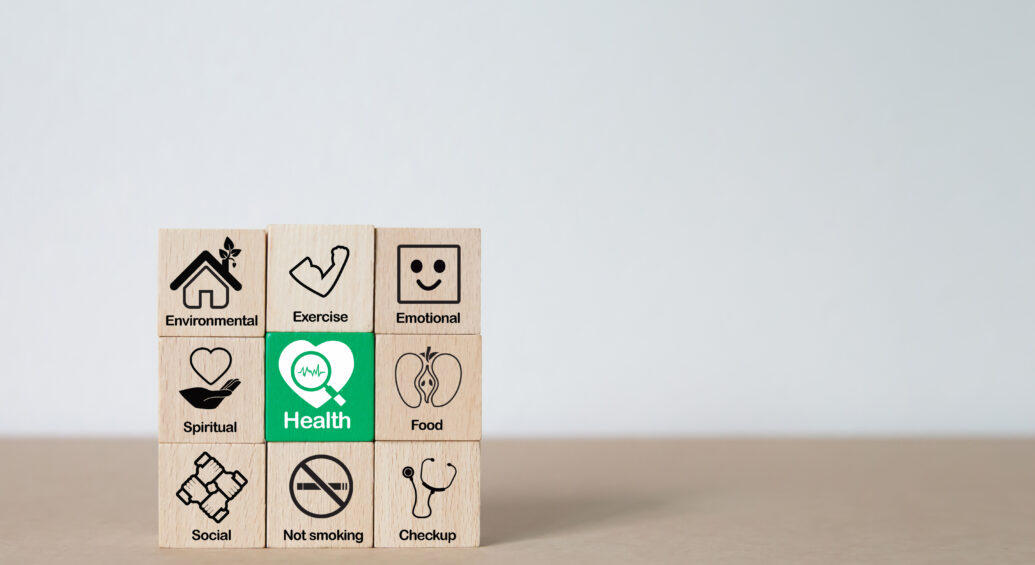Actionable Healthcare Insights Directly from Consumers Facing SDoH Barriers

Recently at the RISE Summit on Social Determinants of Health, I had the privilege of co-moderating a panel of consumers affected by social determinants of health (SDoH) barriers. We had a candid conversation with six panelists who shared their real and important opinions on their health experiences, access to care, and ways to improve health plan and medical care services. The reason we co-hosted this panel was to hear firsthand the challenges this population faces daily and then turn these powerful insights into action. When incorporating their feedback into programs and services, healthcare organizations can improve not only the healthcare they receive but also their overall quality of life. While each panelist faces unique challenges, we found common ground throughout. Here are the top insights from the panelists on how to influence positive change.
More Personalization
When it comes to getting support on managing their unique health conditions, all the panelists wanted information that was personalized to their specific diagnosis and needs. A few mentioned that getting personalized health information right after a new diagnosis would have been extremely helpful. Another panelist said that getting a booklet after diagnosis from their health plan that detailed how to better deal with their condition, what is covered, and what other services are available seemed like a no-brainer on how to support condition management.
Panelist Quote:
“If I had someone who would give me more information on how to more deal with my specific situation, chronic kidney disease, watching my intake of potassium and phosphorus, these are things that I never knew. So yeah, if someone could give me information on my situation and single it out.”
Panelist Quote:
“If the (health insurance) providers provided a booklet to be sent to us when we are diagnosed that would be your provider and your condition, say for example UnitedHealthcare and Diabetes – What You Can Expect and Your Benefits. I mean, that’s just simple. It’s a booklet that would go to you when you get diagnosed.”
More Communication Channels
Each panelist liked their communications from different channels but agreed that they often got it from more than one channel source. One panelist said she got monthly phone calls from a nurse but didn’t answer because she didn’t recognize the number. She would listen to the voicemails later though. With that insight, a better way to reach and engage this population would be through multi-channel communications all pointing to more information that would either come through the mail, be accessed online through email or the portal, or through a call-back number. Another strategy that health organizations should employ here is capturing and using member channel preference as some had strong feelings about how they wanted to receive the information.
Panelist Quote
“I do get a lot of phone calls – a lot of voicemails because I don’t recognize the number so it goes to voicemail but they give a call-back number, call you back, and they want to know how you’re doing. I get those calls probably once a month.”
Panelist Quote
“As long as you make sure it (the email) goes to my inbox, I will see it.”
Panelist Quote
“I get some from email, but I go to the website. I have an account with my health plan, and I can look up all my claims and basically the booklet you get through the mail, all that information is there and I’ll look through that.”
More Social Media Presence
The panelists that are active on social media revealed that they don’t see any information about health plans when visiting those sites and that it would be helpful way to get health plan information. Social media is seen as a valid channel to get information and enhancing your organization’s social media presence is a great way to remind current members about their benefits and advertise to potential members.
Panelist Quote:
“I mean for me, I’m on social media. I’m on Facebook. I’m on Instagram and a lot of other things and there’s commercials on some of them. I don’t think I’ve ever seen an insurance commercial on any of them. So for me, I guess that would be beneficial if you could see it on that if you are on social media a lot.”
More Communications
None of the panelists felt that they were getting too many communications from their health plan and some even wanted more communications. When communications are personalized with specific medical issues and plan benefits and delivered in a way that consumers would like to receive them, they are embraced.
Panelist Quote:
“Actually, for me, my insurance company does not contact me a lot like yours does, but my employer actually sends me more information about my insurance than my actual insurance company. I would like more communications from my health insurance company as opposed to my employer because if you’ve got an employer that is not giving you that information, where are you getting it from?"
More Focus on Increasing Healthcare Literacy
While the panelists would like more communications, what they really want is better communications. Healthcare is extremely complex especially for populations with SDoH barriers. When dealing with a new condition and health plan benefits, they all agreed that it was difficult to understand what everything meant in relation to their condition and what was covered by their plan.
Panelist Quote:
“I think that they need to be more sufficient in explaining what’s going on. It’s not about contacting me, it’s about making me understand what’s going on and what’s offered to me and what’s not offered to me.”
Panelist Quote:
“I’m sure a lot of you know a bunch of medical terms that I probably wouldn’t know what they mean but sometimes I feel like they should make it so that I can get to it and know it and understand it if I want to learn it.”
Panelist Quote:
“When I do finally get somebody on the phone that explains how I can get rides to dialysis, they don’t make it understandable. They don’t make it understandable to where I can understand what’s going on. I’m like, am I going to get a ride to dialysis or not?”
On the day of the panel, I reminded the audience that for panelists, it’s not an easy thing to sit on a stage and talk about their health challenges to a room full of strangers. In exchange for their openness, I asked the audience members to keep the panelists in mind when building their next partnership, designing the next product, and sending out their next communications. I now ask you to do the same. If we all keep these important insights in mind, we can improve their healthcare experience but more importantly, their health.
Hear how one panelist would like more focus on increasing health literacy in communications:


